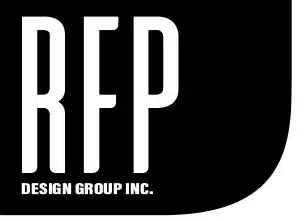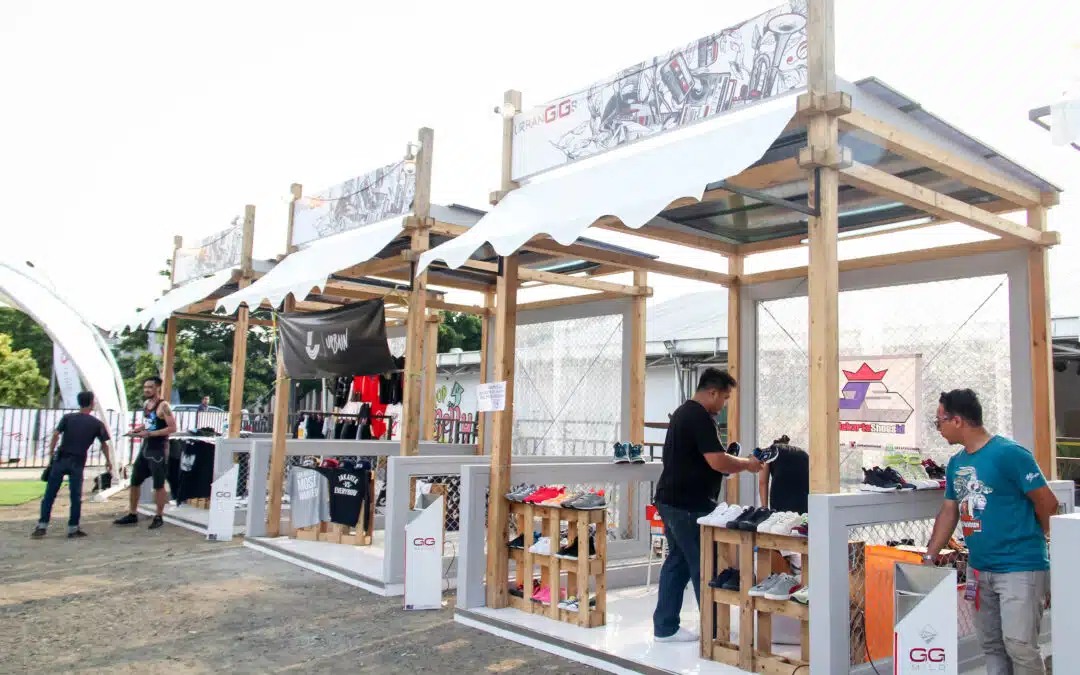By design, pop-up retail shops are meant to have short lifespans. But 2021 is proving this is a long-lasting trend in the retail industry.
What retail trend capitalizes on all the following major themes of the last few years: social media-driven marketing and sales, digital technology tools, reduced brick-and-mortar expenses, experiential and unique design, and COVID-friendly shopping? You guessed it, the pop-up.
Pop-up shops were already a major trend in the retail industry before the pandemic hit – but now, we’re in “the golden days of pop-up retail stores and restaurants in Canada” according to Retail Insider.
The Era of the Pop-Up
There are several reasons why pop-ups are becoming more and more popular with business owners.
Retail Insider quotes Linda Farha, Founder and Chief Connector at Toronto-based pop-up go (a listings service for retailers to find spaces for their pop-ups), as saying: “We’re seeing a shift and we started seeing it beforehand. A lot of the things that are happening today, COVID exponentially made those things happen faster. We were already starting to see a tendency toward pop-ups that were non-fashion related, non-mall related. But now we’re seeing exactly that… Of course, they’re doing it to get visibility in a brick-and-mortar environment to supplement their visibility online. And they’re also doing it to just create brand awareness but really in most cases not with the intentions of being a permanent store. Secondly, we’re seeing a lot more of a transition from interest in mall locations to outdoor and/or storefront locations.”
Shopify states that “The US, UK, and France saw a 125 percent increase in available retail space listed between June to August in 2020,” which means the rental costs for pop-up spaces are likely to fall even more than they already have since the pandemic hit, making pop-ups more accessible for smaller brands to experiment with in-person shopping experiences or complement their online sales, or for traditionally brick-and-mortar brands to access new customers, or offset budget cuts and location closures.
Of course, the pop-up model also targets the FOMO of shoppers – a trip becomes an event to photograph, share and like, and another opportunity to form a positive brand relationship when shoppers are craving in-person connections like never before.
Design Tips for Pop-Up Shops
If you’ve decided to run a pop-up shop for whichever goal suits your business – sales, brand awareness, brick-and-mortar tryout, etc…. – there are a few design tips that RFP would recommend considering.
- Exaggerate your brand personality, whatever it is: Whether ultra modern, bright and fun, futuristic and angular, or whatever the case may be, design for a pop-up should be anything but subtle. The design needs to grab attention and feel out of the ordinary. And don’t forget to carefully think about lighting when choosing your space.
- Create shareable moments: Another retail trend that ties directly to pop-ups is experiential, individualized shopping experiences. Design an interactive element to your space – a special branded set piece or backdrop for photos, interactional 3D displays, or even a live performer or DJ.
- Create unique, modular, portable pieces: Investing a few thousand dollars in pieces of furniture that are tailor-made for your brand but are adaptable enough to suit multiple purposes. If your first pop-up is a success, you’ll already have the material for the next one, reducing overall cost. Or, you’ll have prototypes for a permanent physical space if a this is more of a tryout. It’s great value to make sure you get something long-lasting out of a temporary project.

